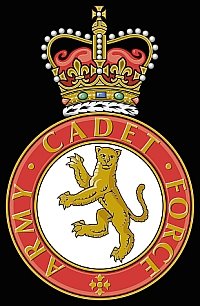Originally intended as a small part of the Peace Day events of July 1919, The Cenotaph was designed and built by Edwin Lutyens at the request of the then Prime Minister Lloyd George
The Cenotaph - which literally means Empty Tomb in Greek - was initially a wood and plaster construction intended for the first anniversary of the Armistice in 1919. At its unveiling the base of the monument was spontaneously covered in wreaths to the dead and missing from The Great War. Such was the extent of public enthusiasm for the construction it was decided that The Cenotaph should become a permanent and lasting memorial.
The Cenotaph, made from Portland stone, was unveiled in 1920. The inscription reads simply "The Glorious Dead".
On the Sunday nearest to 11 November at 11am each year, a Remembrance Service is held at the Cenotaph to commemorate British and Commonwealth servicemen and women who died in the two World Wars and later conflicts. The monarch, religious leaders, politicians, representatives of state and the armed and auxiliary forces, gather to pay respect to those who gave their lives defending others.
The service has changed little since it was first introduced in 1921, hymns are sung, prayers are said and a two minute silence is observed. Official wreaths are laid on the steps of The Cenotaph. The ceremony ends with a march past of war veterans; a poignant gesture of respect for their fallen comrades.
SMI Perkins
OC Long Stratton Detachment




No comments:
Post a Comment